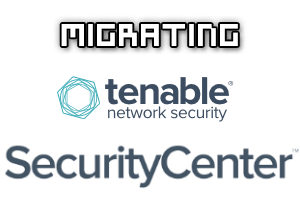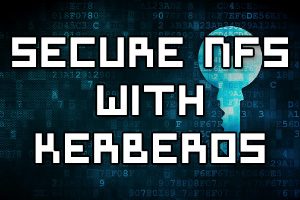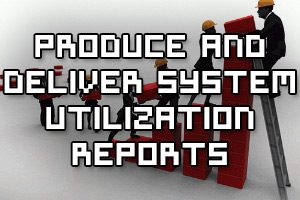
In this example we will be upgrading from an older instance of the ejabberd-15.04 XMPP server to the current latest version ejabberd-16.06. Operating system specific packages such as RPM and DEB files were not provided until ejabberd-15.06, so our existing instance was not installed with the RPM file but instead from the binary file, meaning there is no existing ejabberd RPM installed for us to simply upgrade.
While this upgrade is taking place on the same server, these steps can also be used to perform a migration from one server to another with a fresh installation of ejabberd, as the new version will install to a new directory.








